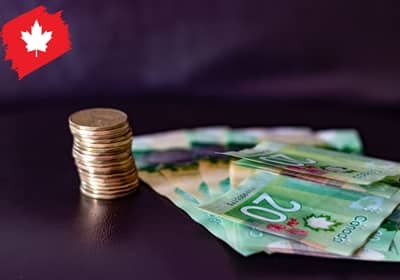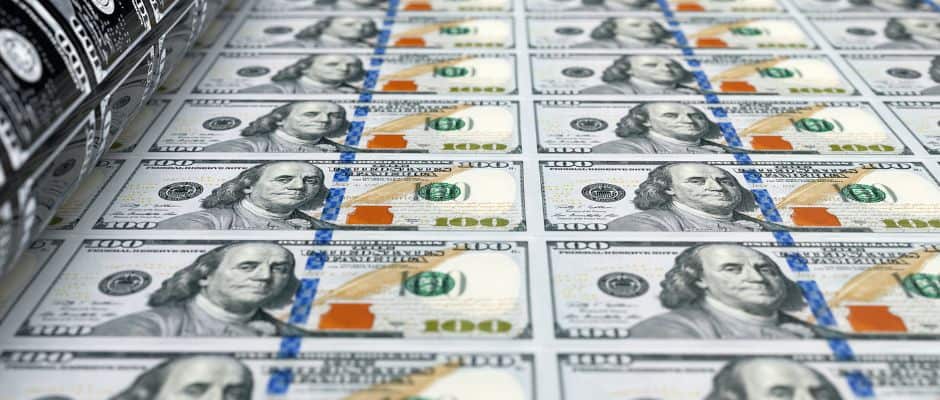
Money: it doesn’t matter who you ask, everyone could always use more of it. So why can’t we just print more money? It seems like an easy solution and would solve a lot of the world’s financial problems. If money is a man-made object, why not just make more so everyone can have their fair share?
The answer lies in basic economics. The more supply you have the less demand there will be, even if that product is money. When the demand falls so too does the value of that good. Another word for an oversupply and devaluation of money? Inflation. Something we have all been getting a little too familiar with over the past couple of years.
When governments overproduce money it has some pretty disastrous effects on the economy and its citizens. This is why many people support a finite and decentralized transaction system like Bitcoin. With a set number of Bitcoin available, there is no concern over inflation. But that’s a conversation for another time. Let’s dive deeper into why governments can’t just continue to print money out of thin air.
Why Can’t Governments Print More Money When It’s Needed?
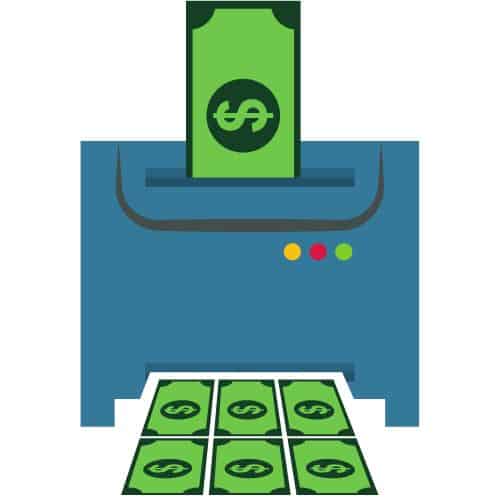
It would be such an easy solution wouldn’t it? Give all the citizens enough money to live happy lives. Of course, this scenario takes into account that if there is an unlimited amount of money in the economy, prices will remain the same. If you studied economics or finance, you know that this is simply not the case.
Printing money is one of the worst things a government can do in a time of recession or economic instability. Unfortunately, there are times when it is all that can be done to help people survive. There are famous examples of governments printing mass amounts of money to help stimulate their economy. The end result was something called hyperinflation.
Perhaps the most famous example of this was in Venezuela which started in 2016. Between 2016 and 2019, the Central Bank of Venezuela estimates inflation rose by more than 53 million percent. It has since been brought back under control, but not before we saw billions of dollars worth of Venezuelan bank notes being thrown onto the street. The paper they were printed on was worth more than the actual currency.
How Printing Money can Cause Inflation and other Economic Problems
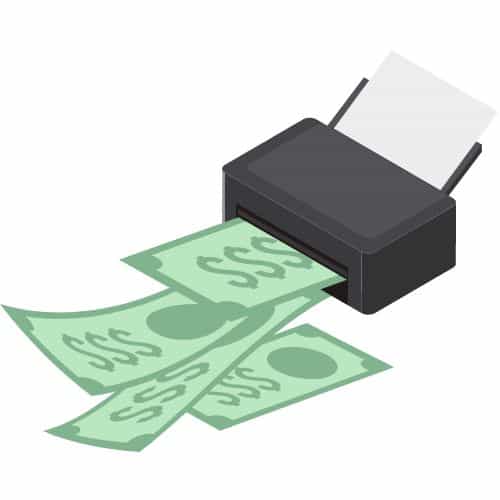
An unlimited amount of money would basically mean its value would be worthless. Not only that but more people would have buying power and the price of goods would rise. Why? Because the demand for goods would rise since more people can afford them. This would result in a lower supply making goods more scarce.
So even though we would all be able to afford to buy more things, the price of everything is rising as well. This is textbook inflation and is based on the principles of supply and demand. It is also what happened during the COVID-19 pandemic when governments printed money to keep the economies running. Since so many people were out of work, there was a lack of buying power. To combat this, the governments handed out relief payments to help citizens pay their bills and buy the essentials.
Now there was an argument before that the US dollar was strong enough that the Federal Reserve could keep printing more. Why? Because many countries do business in American dollars. It is the most powerful currency in the world and the US also has many trading partners that will accept American dollars. Still, as we saw during the pandemic, there is a limit to how much even the US Fed can print.
Alternative Methods for Creating Money that Doesn’t Rely on Printing
There are certainly alternative ways to create money in an economy. While printing money is probably the easiest way to do so, there are ways the Fed can do so without needing to create it. For example, in the United States, the Federal Reserve can buy Treasuries. What are Treasuries? They are financial instruments that are backed by the US government. These are low-yield but generally secure assets with a set maturity date.
The three types of US Treasuries are T-Bills, T-Notes, and T-Bonds. These assets can be bought from the Fed directly through an online auction, or from banks. So what does this have to do with money creation? The easiest way for the Fed to create new money is to buy these Treasuries from banks and inject those funds directly into the bank reserves.
The Fed can utilize money creation in other ways as well. It can hold other assets like mortgage-backed securities which are much riskier than Treasuries. Another way the money supply is constantly being stimulated is through the fractional-reserve banking system. This essentially means the bank only holds a certain amount of your account balance and loans out most of it to earn additional income off of the interest.
The Bottom Line: Why Can’t We Print More Money?
We can, but there are much easier ways than just having the US Treasury print a bunch of bills to hand out to people. More often than not, the Central Banks will increase or decrease the money supply through open market operations.
Buying assets like Treasuries can inject that new money that the Fed created directly into the US banking system. Similar measures are taken around the world.
The main concern when we talk about creating more money is rising levels of inflation. When the money supply goes up, so too do prices, thus devaluing the dollar. Inflation can lead to rising interest rates which increase the cost of loans like mortgages. I hope this helped to explain why printing more money out of thin air is not the solution we might think it is!
Geek, out.

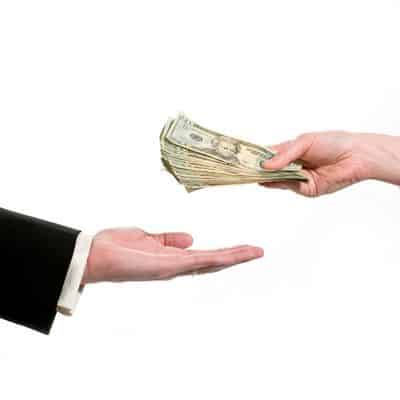

![Is It Illegal to Draw On Money? [ACTUAL Answer]](https://thefinancialgeek.com/wp-content/uploads/2022/10/Featured-Image-41.jpg)
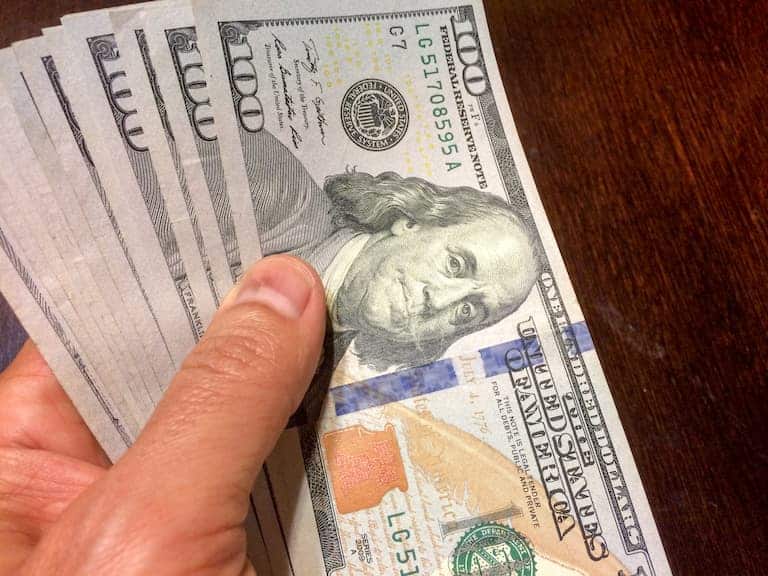
![Chief Investment Officer vs Chief Financial Officer [COMPARED]](https://thefinancialgeek.com/wp-content/uploads/2022/09/CFO-vs-CIO-3.jpg)
